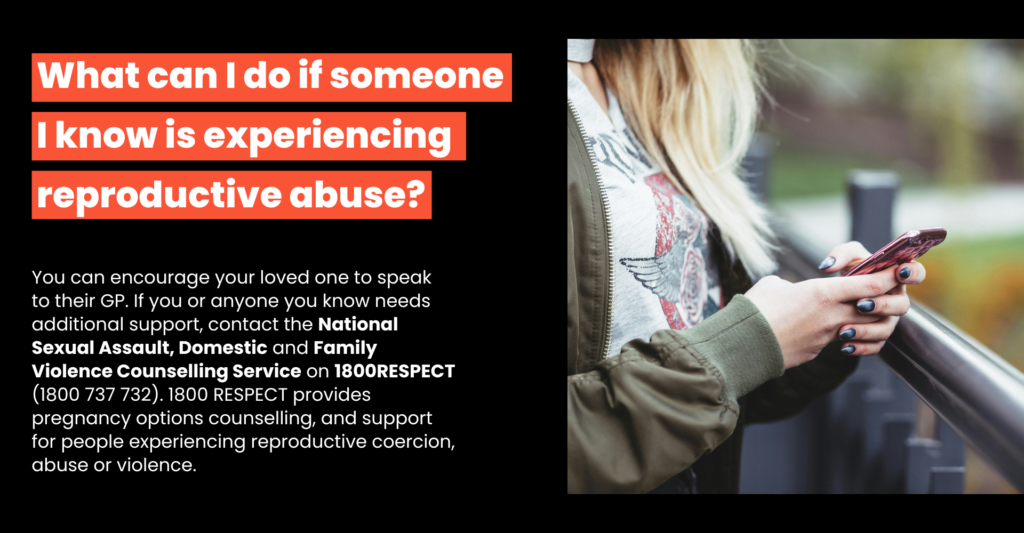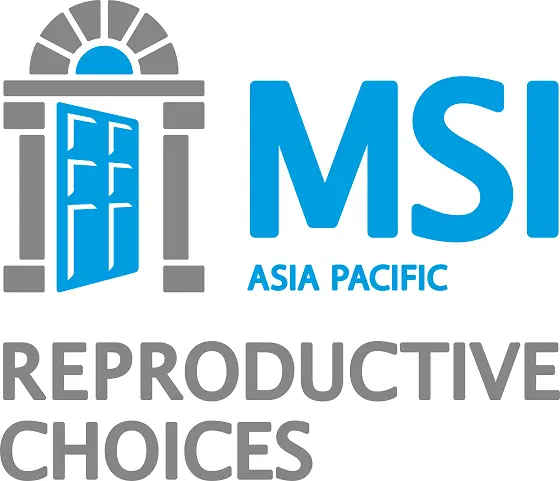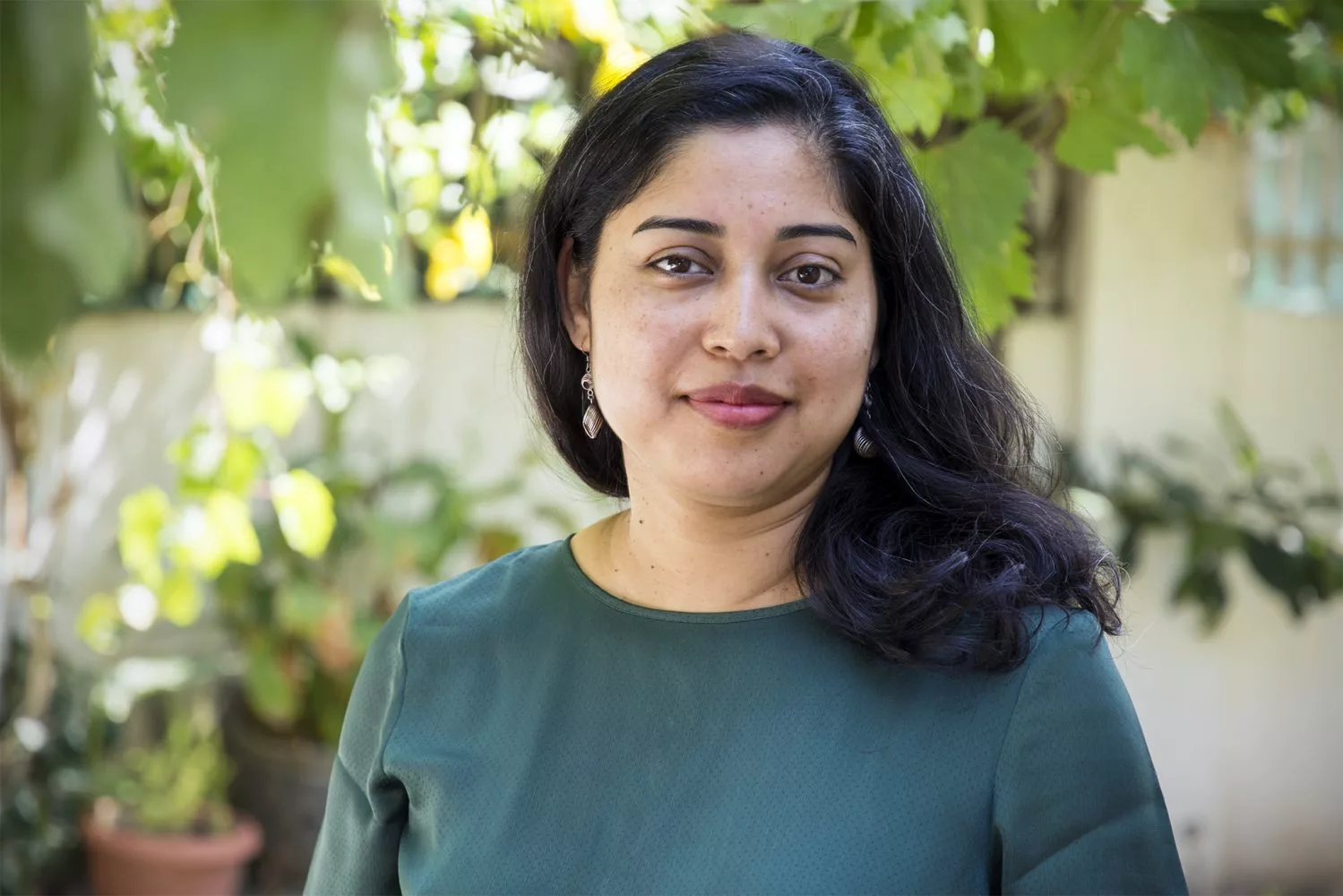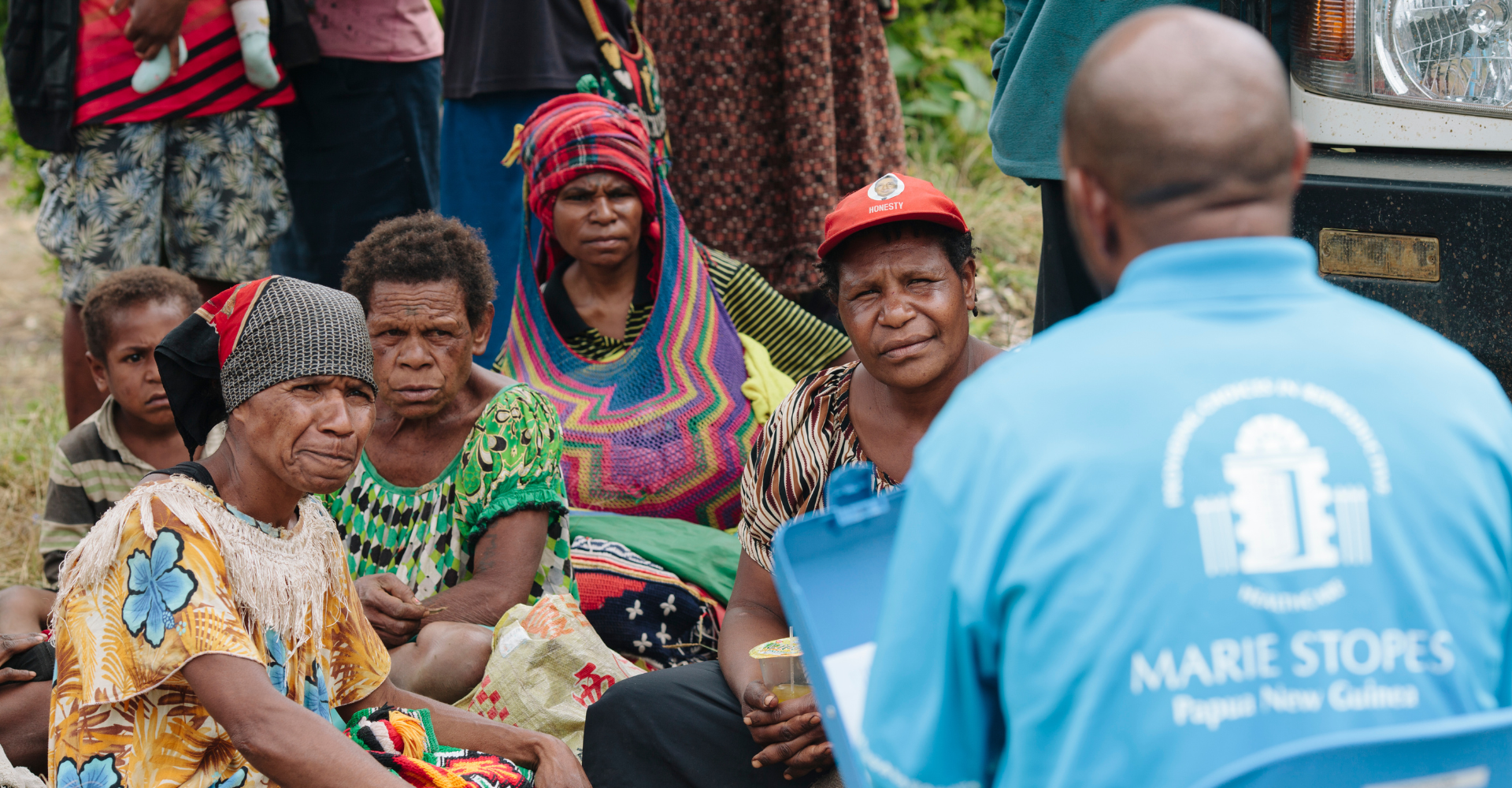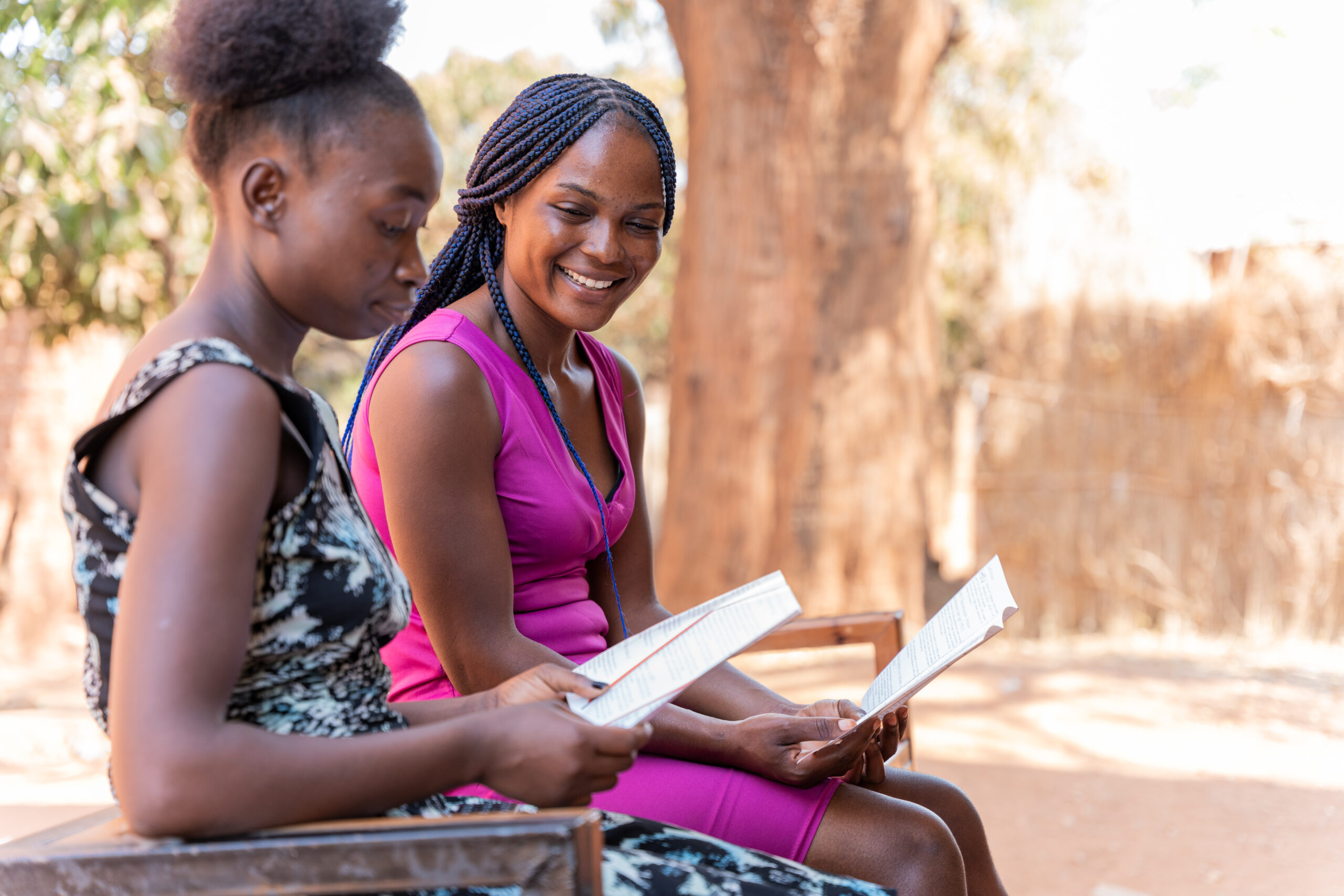December 10 marks the final day of 16 Days of Activism Against Gender-Based Violence.
Here, we're exploring a little-known form of gender-based violence, and its serious consequences for women, girls and communities.
Content warning: this post discusses violence . If you need support in Australia, call 1800 RESPECT or get more info here.
What is reproductive abuse?
Reproductive abuse is an attempt to control another person’s decision making around pregnancy, contraception or reproductive healthcare.
Reasons might include wanting to isolate or control a partner or family member, or wanting to impose one’s own ideas about family planning, pregnancy or parenting onto another person.
Reproductive abuse can affect anyone. But like many other forms of violence, women – in all our diversity – are most likely to experience it.
Forms of reproductive abuse, coercion and violence occur in every postcode. It occurs all over the world, within relationships, communities and systems.
What does reproductive abuse look like?
Reproductive abuse can be hard to identify because it can occur in many different situations. Here are just a few examples.
-
A young woman is living at home and is taking the daily contraceptive pill to avoid getting pregnant. When her father finds them, he throws them out and bans her from getting another prescription, as contraception conflicts with his beliefs.
-
A woman who speaks English as third language finds out that she’s five weeks pregnant. She wants to have an abortion. The GP she sees has a personal belief against abortion, as does her interpreter. The GP tells her to speak to a counsellor to discuss support for parenting.
-
A non-binary person is in an emotionally abusive relationship. They are considering leaving when they find out they are pregnant, which creates another obstacle to leaving. Their partner tells them that if they have an abortion, he will tell their family and friends that the pregnancy was from an affair.
- A young woman with a disability is forced to get a hormonal intrauterine device (IUD). Her mother has medical power of attorney and wants her to have an IUD until she reaches menopause. Her mother says she cannot manage the menstrual blood as it’s too much work for her to clean. Her family assumes she would never want to have children.
Who is at risk?
Anyone can experience reproductive abuse. It could be actioned by an intimate partner, family member, community member or medical professional.
People who have a history of reproductive abuse across generations are the most likely to experience it today. In Australia, this includes Aboriginal and Torres Strait Islander women, women with disabilities, migrant and refugee women, LGBTIQA+ people, and sex workers.
Globally, practices around sex, highly restrictive laws, widespread beliefs, disasters and extreme poverty all increase the likelihood of reproductive abuse. This happens in our own backyard: many areas in the Asia and Pacific regions have limited access to contraception, restrictive abortion laws, high rates of unsafe abortion, and alarming rates of gender-based violence. Women and girls unable to access abortions in clinical settings often seek abortions that are risky, and could be performed by someone with abusive intent.
The climate crisis also plays a role. As we’ve seen through recent Australian floods and bushfires, women face increased domestic and family violence during crises, and many cannot access their choice of contraception care. Globally, crises also increase the risk of sexual exploitation, human trafficking and preventable deaths during childbirth.
Why does it matter?
Reproductive abuse is often part of a bigger picture including other forms of gendered violence. It can have major and potentially lifelong health impacts. Despite this, reproductive abuse isn’t well understood, and few frameworks exist to tackle it at a systemic level.
Experiences of reproductive abuse can lead to anxiety, depression, physical health conditions, physical violence and increased risk of homicide. Reproductive abuse within an intimate relationship can make it even harder to leave the relationship, and pregnancy can cement lifelong ties with an abuser. Risky abortions can cause infections, long term illness or even death.
For people fleeing civil conflict or climate crisis, reproductive abuse can impact people’s ability to seek safety and care for their families. It compounds the risks they already face and exposes them to more.
We know that physical, emotional and financial wellbeing depends on control over decisions that affect our own bodies. This is true both in Australia and in countries where women enjoy far fewer rights.
What can I do to help prevent reproductive abuse?
Learn more about it. You can help by learning more about reproductive abuse in Australia and across the Asia Pacific.
Talk about it. In Australia and elsewhere, we need to speak up about reproductive abuse and treat it as serious a form of violence as any other. Talk to your friends, family and colleagues about it. Until it’s properly recognised, we won’t be able to meaningfully develop strategies to end it.
You could even contact your local Member of Parliament to tell them you care about the issue. Every Australian electorate has women’s health services and refuges that support women experiencing reproductive abuse. MPs are required to take your concerns seriously and may even use them in parliamentary meetings to advocate for action.
To support everyone’s right to choose, free from violence, consider donating to MSI Asia Pacific. We support people in Australia and around the world to access abortions and contraception regardless of their financial circumstances. If you donate regularly to a social service or health organisation, ask them if they fund access to contraception and abortion care.
